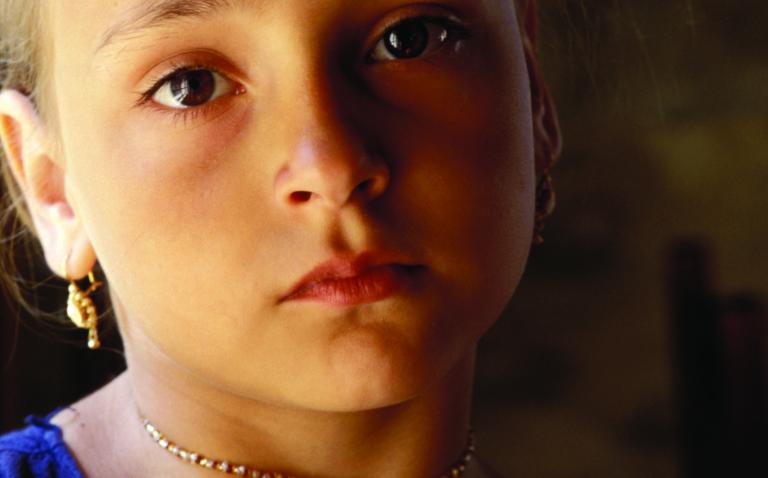New guidance on child protection has been published by the BMA to help doctors dealing with suspected cases of abuse or neglect.
Child protection issues are very complex and the BMA’s tool kit gives doctors and their teams extra support to assist them when faced with these difficult and demanding circumstances.
GPs are often the first professionals to come into contact with children at risk and they, together with all members of the local primary health care team, should be fully aware of how to act in child protection matters, says the guidance.
The BMA Child Protection Tool Kit states that doctors working in emergency departments and other hospital departments, who come into contact with children at risk, must inquire about any previous hospital admissions and gain access to all relevant notes and records if possible. The guidance advises that any child considered at risk must be thoroughly examined within 24 hours of admission to hospital and should not be discharged unless a discussion has taken place with local social services. Weekend admissions should not be allowed to interfere with emergency protection proceedings.
Chairman of the BMA’s Medical Ethics Committee (MEC), Dr Tony Calland, commented:
“Doctors and their teams work very hard to protect children and we hope this guidance will be of extra support to them. Child protection issues are very difficult and demanding for doctors and no two cases are the same and the needs of children and families vary. What is important for doctors to remember is that if they have concerns about a child or children who may be at risk of abuse or neglect, they need to act immediately – the best interests of the child or children must dictate all their actions.
“There is always a degree of risk when dealing with child protection issues, at one end there is the danger of leaving a child for too long in a dangerous situation and on the other the risk of removing a child unnecessarily from its family. We hope this tool kit will help doctors weigh up the risks and reassure them that they are not alone and that support is available to help them make these difficult decisions.”
The Child Protection Tool Kit advises doctors to be alert to physical and emotional signs of potential abuse. Physical signs include broken bones, bruise marks shaped like hands, fingers or belts, cigarette burns, human bite marks and evidence of internal bleeding. Emotional indicators of potential abuse or serious neglect can include a baby or child who cries constantly, a baby or child who fails to thrive normally without clinical explanation, a child who is often very dirty or smelly, a child who is often left at home alone or a child who is left in unsafe situations.
It is essential, says the guidance, that doctors listen to the views of children and if at all possible involve them in the decisions being made on their behalf.










